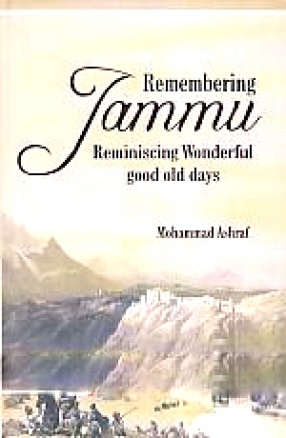During the reign of Aurangzeb, Bihar had the status of an independent administrative unit of the Mughal Empire. The Bihar governors then were in no way subordinate to the governors of Bengal. After Fakhr-ud-Dowla, its last independent governor, Bihar was, however, annexed to the Bengal Suba and it remained as an appanage of Bengal thereafter for about 200 years (1733 to 1912). The battle of Giria in 1740 made Alivardi the undisputed ruler of Bengal and Bihar, and was succeeded by Siraj-ud-Dowla in 1765. The period between 1757 and 1765 was marked by the growth of the British influence in Bengal and Bihar also was thereby exposed to the same influence. The leading officers and Zamindars of Bihar were, however, not prepared to accept the new challenge: they opposed to the English dominance over Bihar and fought single-handedly against the English before allowing Bihar to go the Bengal way. After the receipt of Clive, of the Diwani Grant over Bengal, Bihar and Orissa on August 12, 1765 from Shah Alam II, the unfortunate and shadowy Emperor of Delhi, the East India Company got a definite legal status in the system of the Mughal Empire and another phase of Bihari resistance began. During the period when Raja Shitab Roy was the Naib Nizam of Bihar the Zamindars of Seres and Cotomba and Maharajah Fatah Sahi of Husainpur, fought against the company’s troops but they lost against heavy odds. The author has described these various Bihari resistances and also the company’s exploits in Bihar prior to their acceptance of direct responsibility for the administration of the province in 1772 after the infamous Bengal famine of 1770.
History and Culture of the Maram Nagas: A Reconstruction from Oral and Folklore Tradition
Designed to provide elements ...
$52.20
$58.00





There are no reviews yet.